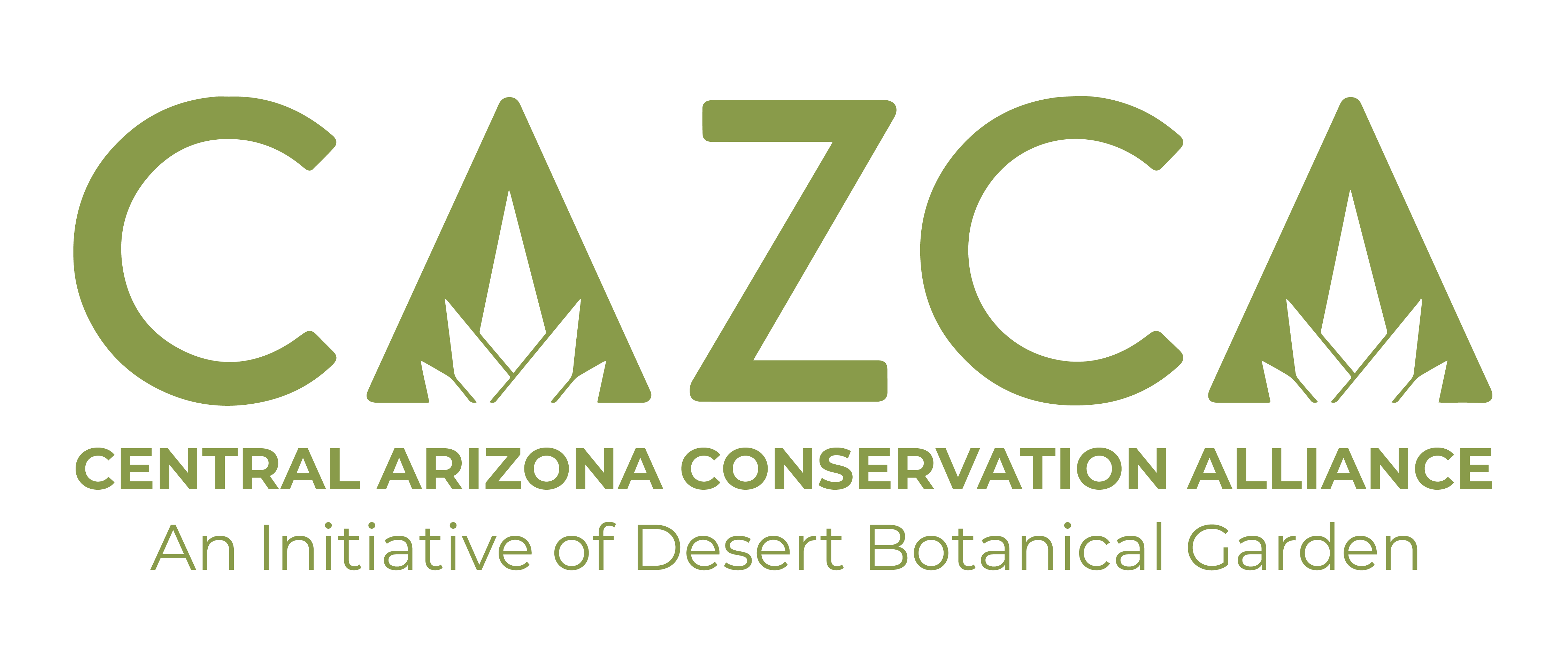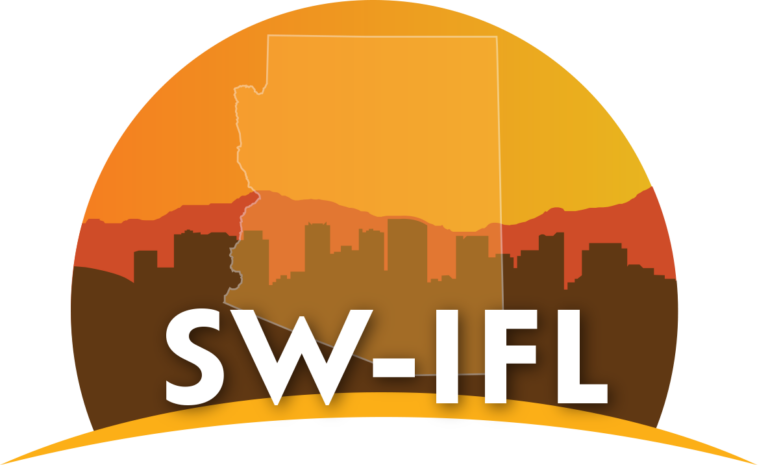Did you know annual plants to tell us where greenhouse gas hotspots are? Central Arizona Conservation Alliance (CAZCA) has partnered with the Southwest Urban Corridor Integrated Field Laboratory (SW-IFL) to collect annual plants throughout the Phoenix Metro area for research to identify these hotspots.
Greenhouse gasses, a result of fossil fuel combustion, is one of the leading contributors of climate change. When fossil fuels are burned, they release large amounts of greenhouse gasses, including carbon dioxide, methane, and more, into the air and can be absorbed by plants.
Over the past few months, the CAZCA, Sky Island Alliance, and the Northern Arizona University SW-IFL team, accompanied by a strong volunteer force, have been collecting samples of annual plants all throughout Arizona, uploading photos and identifications to iNaturalist, and sending the samples to be lab tested for carbon levels.
By collecting and observing widely distributed annual plants, we are able to identify the locations of many greenhouse gas hotspots by measuring the amount of carbon in the plants. Plants that are closer to fossil fuel sources, or greenhouse gas hotspots, will have less carbon than those further away. By using annual plants instead of perennials, scientists will be able to compare year to year changes in greenhouse gas emissions. This data, when paired with SW-IFL’s Hestia project data, could help cities and stakeholders when developing climate change action plans to target and monitor greenhouse gas sources.
Learn more about SW-IFL and their current projects below.
The Southwest Urban Corridor Integrated Field Laboratory (SW-IFL) is just one of four such field laboratories funded by the Environmental System Science Program of the U.S. Department of Energy. For more details on the program, visit the DOE Urban IFL home page.





Recent Comments